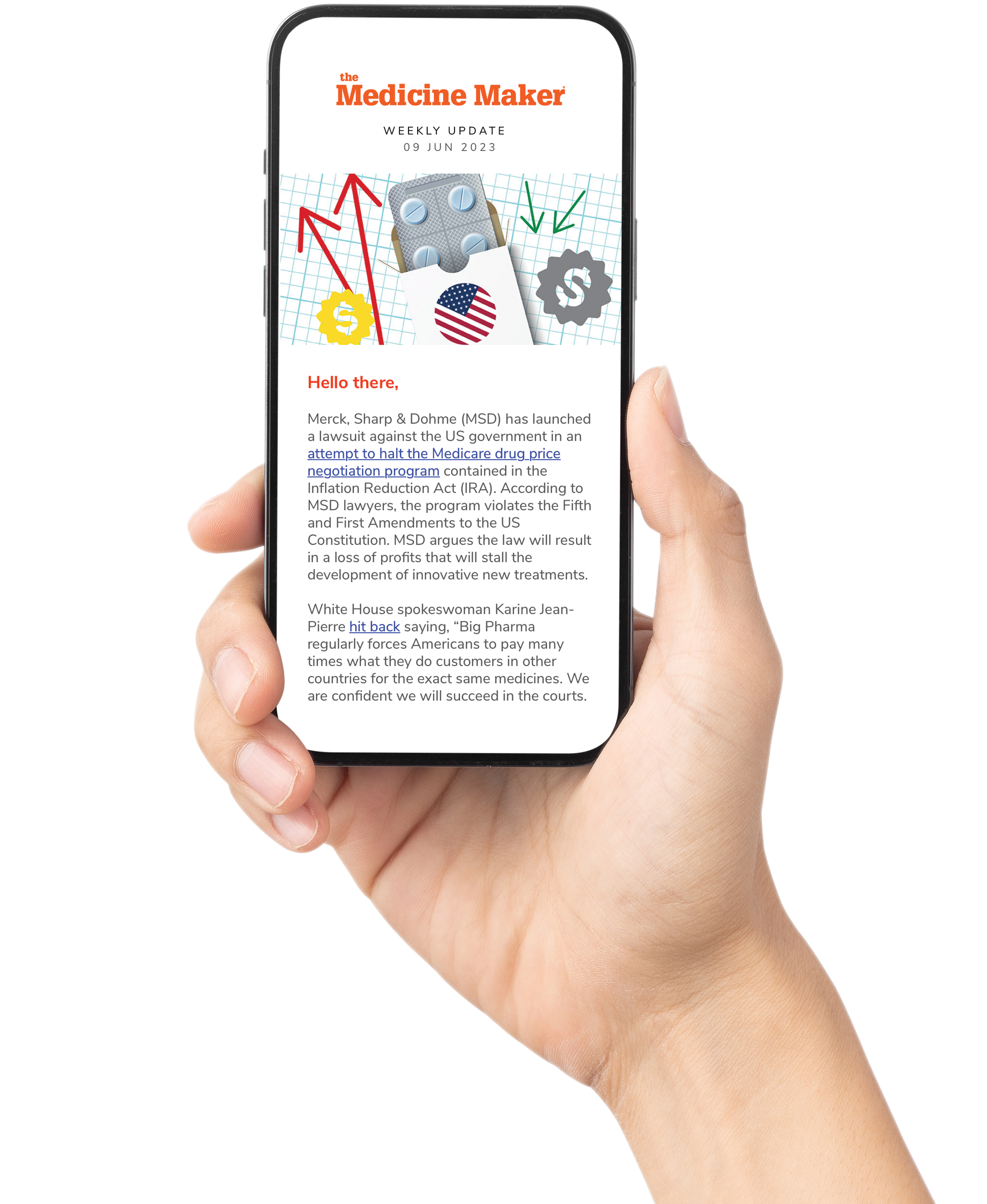
“Innovation in this space isn’t just about speed or automation — it’s about building trust with regulators, sponsors, and stakeholders. That means creating systems where predictions are traceable, assumptions are clear, and human expertise remains integral.”
Clinical trial feasibility is undergoing a long-overdue transformation. For too long, planning has been a sluggish, manual process riddled with guesswork, outdated assumptions, and static forecasts that fail to keep pace with the realities of global trials. But what if feasibility could evolve in real time? What if it could become a living, learning system that responds instantly to shifting protocols, site timelines, and operational risk?
This is the vision driving Lokavant’s AI-powered approach to feasibility forecasting – an initiative that caught the eye of Pfizer. We spoke with Lokavant CEO Rohit Nambisan and Jonathan Crowther, Head of Predictive Analytics at Pfizer, about reimagining feasibility as a strategic capability rather than a bureaucratic formality. If AI, machine learning, and causal modeling can change trial planning, transparency, adaptability, and cross-sector collaboration could enable a shift to real-time foresight.
What specific inefficiencies or challenges in current clinical trial feasibility planning inspired an AI approach?
Rohit Nambisan: Clinical trial planning has long suffered from being too static and manual. Teams often spend five or more weeks pulling together assumptions based on past trials, often with incomplete or siloed data. That lag delays critical decisions and introduces unnecessary risk. With this initiative, we aimed to introduce real-time adaptability into the process, allowing feasibility to evolve in tandem with the study rather than serving as a static snapshot.
Jonathan Crowther: From my vantage point in predictive analytics, the challenge is clear. Traditional feasibility models often struggle to keep pace with the increasing complexity of trials. When assumptions change (and they always do!), teams often lack a mechanism to update forecasts in real time. The Lokavant approach treats feasibility as a dynamic, continuous learning process. It's not just about operational efficiency; it’s a tool for strategic foresight.
What data are most critical for improving feasibility predictions?
RN: Accurate forecasting depends on comprehensive, harmonized data, as well as built-in capabilities to model complex designs. We’ve integrated historical trial data from more than 500,000 global trials, covering more than 4,600 indications. It is also important to include the operational metadata, such as country approvals and site startup timelines. We validate quality by continuously back-testing our models to maintain confidence levels above 80 percent, ensuring that such predictions can be trusted.
JC: Credible feasibility planning relies on more than volume. It’s about combining clinical, operational, and even behavioral data at the site level in a structured way. What impressed me was the ability to unify that information and surface insights that are directly actionable. The clarity of the output makes it easy to bring into conversations with clinical operations teams.
What feedback have you received from sponsors or sites about current feasibility processes?
RN: We often hear that feasibility is too slow and not trustworthy enough to inform early decision making. One sponsor described it as “piecemeal guesswork”. That feedback drove us to build a tool that gives teams rapid, scenario-based forecasts they can actually use — not just to plan, but to pivot quickly when conditions change.
JC: Clinical trial teams crave real-time clarity, now more than ever. They want to know what happens if they shift a timeline, tweak eligibility, or remove a region. It’s important to offer sponsors the flexibility to explore those options with confidence. That adaptability makes it easier to bring analytics into the operational decision-making process.
What distinguishes the Lokavant approach to clinical trial feasibility from other AI applications in the space?
RN: We don’t just add AI to existing workflows. We reimagined feasibility around AI. Our solution utilizes a combination of AI models, including generative AI for comparisons of eligibility criteria, machine learning for predictive modeling, and causal AI to recommend the optimal country and site combinations.
JC: Most platforms either benchmark or require deep internal analytics to interpret. Lokavant does both. It can simulate feasibility scenarios with precision and speed. It changes feasibility from a checkbox to a strategic capability that informs early-stage decisions and portfolio planning.
How do you balance innovation in AI with the regulatory rigor expected in trial planning?
RN: Balancing innovation with regulatory rigor starts with transparency. Any AI-driven approach in clinical trials must be explainable, auditable, and grounded in data that can stand up to scrutiny. Innovation in this space isn’t just about speed or automation — it’s about building trust with regulators, sponsors, and stakeholders. That means creating systems where predictions are traceable, assumptions are clear, and human expertise remains integral to decision making. True progress happens when technology enhances confidence, not just efficiency.
JC: I agree. Any model we use must be explainable, not only to our internal stakeholders, but also to regulators. We need to show sponsors how forecasts are built and how uncertainty is calculated. That level of clarity is crucial for establishing trust in the system.
What role do partnerships play in building the infrastructure necessary for this AI-driven model to succeed?
RN: They’re foundational. Our forecasts are only as good as the data behind them. That’s why we’ve built partnerships with third-party data vendors, as well as our biopharma customers to validate real-world use cases and continuously improve the platform. It’s about partnering to evolve capabilities together.
JC: Working with the right partners can take a lot of the heavy lifting out of connecting data points, allowing my team to focus on what really matters – building models, identifying key features, and delivering valuable insights across the organization. External collaborators also provide an important layer of validation, helping us strengthen the integrity of our data and move faster. While we often have the capability to build things internally, I’ve learned that it is not always the smartest or most efficient route. It’s essential to be thoughtful about how we partner, who we choose to work with, and how we maximize the value of those partnerships.
What value do you see in incorporating AI and data-driven approaches into feasibility planning at large pharmaceutical organizations?
RN: It’s a force multiplier. Sponsors managing global portfolios require efficient methods to prioritize and allocate resources quickly. AI-driven forecasting enables them to evaluate “go” or “no-go” scenarios, manage timelines, and mitigate operational risk all within a single system. This not only drives efficiency, but clarity and confidence across the entire study portfolio.
JC: Exactly. With a data-driven approach, we could bring more rigor and repeatability into decisions that were previously based on gut feel. That leads to better alignment across functions and clearer visibility into trade-offs. It’s not just an analytics tool but a planning engine.
How does a player like Pfizer assess new technologies or methodologies for feasibility — what makes something credible or worth piloting?
JC: We look for scientific rigor, transparency, and practical value. Can it explain its outputs? Does it integrate into our workflows? Will it scale across multiple studies? We look for the ability to show traceable forecasts, adapt to protocol design, and quantify uncertainty.
Where do you think the biggest opportunities lie for further improving global trials?
RN: The biggest opportunity lies in bringing more granularity and adaptability into forecasting. Too often, enrollment projections are built on high-level assumptions that don’t reflect the differences at the site, country, or regional level. By moving toward bottom-up forecasting, factoring in variables like screen failure rates, discontinuation rates, site activation timelines, and even supply constraints, we can create more sensitive, realistic predictions. This level of detail helps teams understand how small shifts, like a delayed site activation, can ripple into broader timeline impacts.
JC: One of the greatest opportunities is empowering teams to model multiple “what if” scenarios in real time. Trial planning doesn’t happen in a vacuum. Being able to ask, “If we remove Japan or add a country in Eastern Europe, what happens?” and get immediate, data-driven answers allows teams to proactively explore trade-offs. That flexibility makes global trial planning more responsive and more resilient.
In your experience, what’s the key to aligning feasibility efforts with actual trial execution, particularly in large, multi-region studies?
RN: The key to aligning planning and execution is a system that dynamically adjusts based on the best possible information available. Most feasibility tools produce a snapshot and disappear. The ability to integrate with live study data and update forecasts daily extends feasibility efforts to the trial execution and allows clinical teams to respond to risks as they happen, not after the fact.
JC: And that ongoing feedback loop is critical. The ability to keep feasibility linked to execution allows teams to make timely adjustments. It turns feasibility into a continuous strategy, not a one-time deliverable.
How do you envision AI shifting the traditional approach to feasibility in the next five years?
RN: In five years, I believe feasibility will be a continuous process, not a static one. Teams will expect to simulate enrollment and operational risks in real-time. It won’t be a side process — it will be central to trial execution. We are working to make this vision a reality now.
JC: I see a future where feasibility is embedded into every major decision, from protocol design to study startup. With AI powering that shift, we can move from reactive firefighting to proactive risk management. That’s where the industry needs to go.
Trained as a neuroscientist, Rohit Nambisan is an executive with experience leading product development organizations in pharma, medical devices, personalized medicine, health IT, healthcare data and analytics, and AI. Prior to Lokavant, Rohit most recently held leadership positions at Roivant Sciences and Prognos Health. He holds an M.S in Management and Engineering from MIT, an M.A. in Neuroscience from Boston University, and a B.A in Cognitive Neuroscience from UC Berkeley. Rohit is also a member of the Forbes Tech Council and can be reached at Rohit.nambisan@lokavant.com.
Jonathan Crowther is Head of Predictive Analytics at Pfizer, where he leads transformative initiatives at the intersection of pharmaceutical innovation, healthcare data strategy, and next-generation technologies. With deep expertise in generative AI, quantum computing, and real-world data, he empowers clinical research teams to move beyond static feasibility models toward dynamic, data-driven forecasting. Jonathan is a recognized voice in the evolution of clinical trial operations, known for translating complex analytics into actionable strategy. His work is shaping a future where clinical development is anticipatory, efficient, and resilient.




